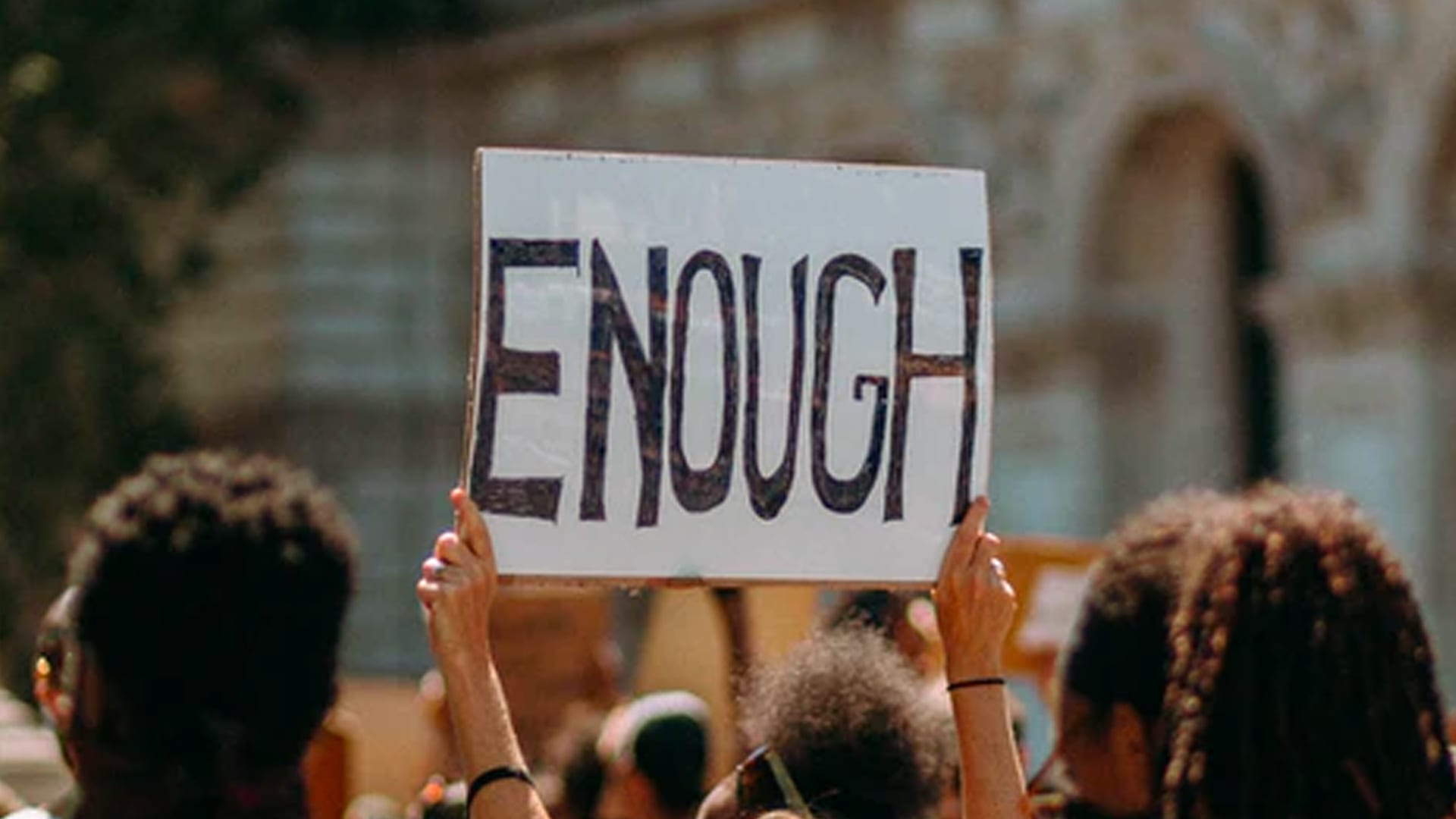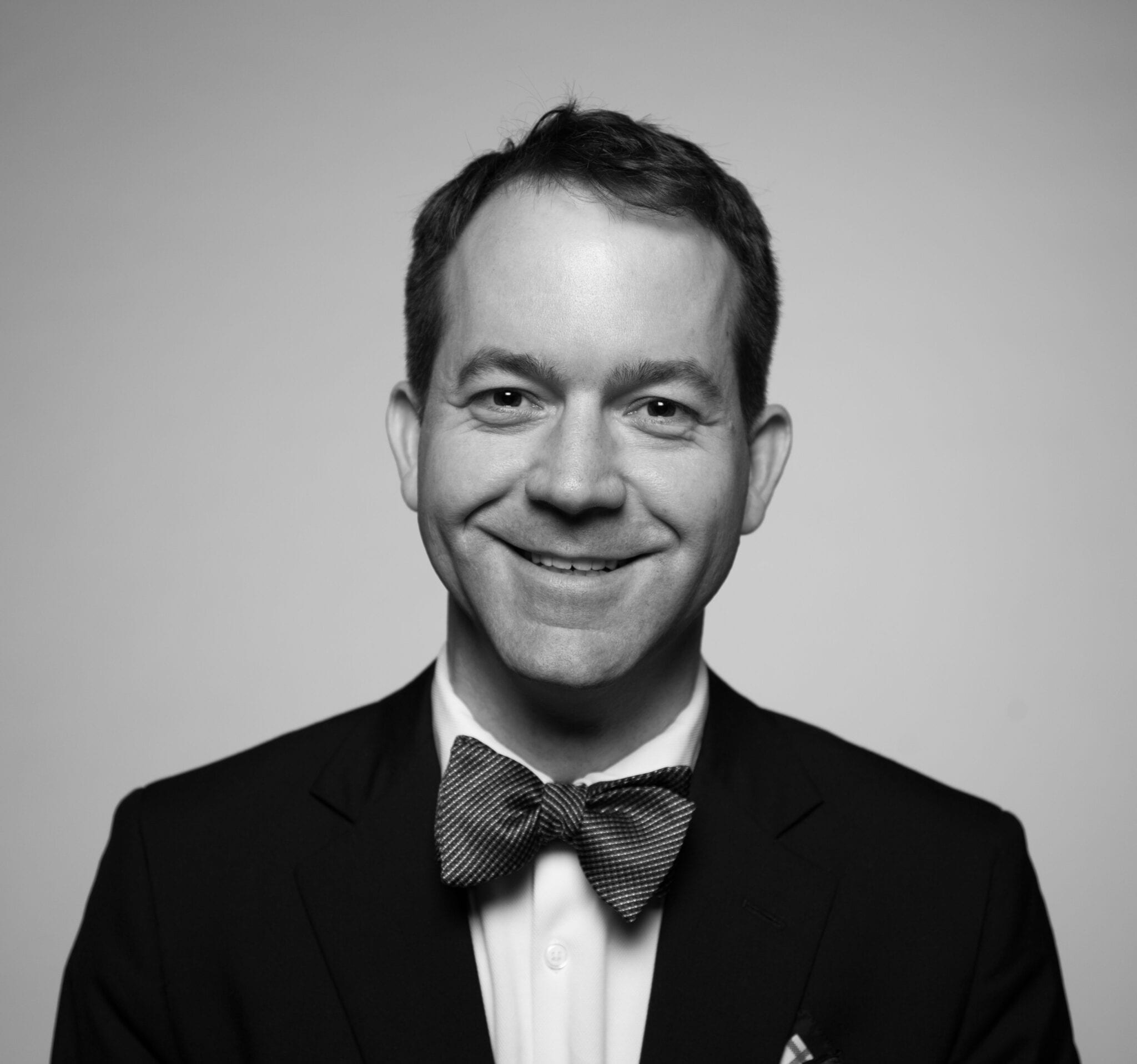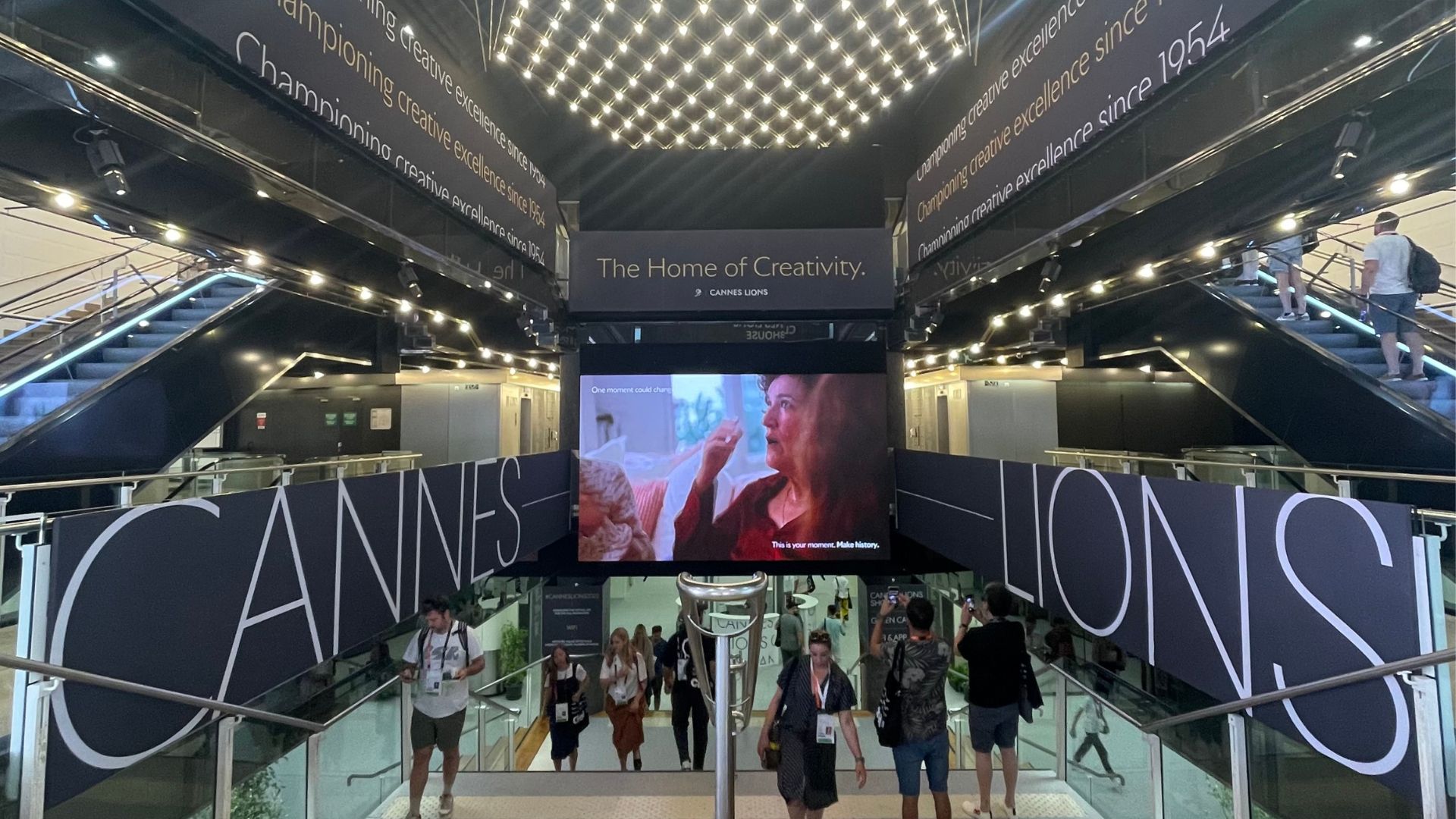From COVID-19 and racial justice to labor rights and the ongoing debate on what “unity” looks like, and as the U.S. focuses on the opportunities and issues that come with a new presidential administration, corporate citizens are now expected to have POV on a broad range of urgent and complicated topics.
It’s clear from Ketchum’s own research that the past year has radically changed consumer behavior, with an increasing number of consumers expecting brands to take a stand on issues of the day. Ketchum’s Brand Reckoning 2020 study found that 88% said the coronavirus has made it more important that companies behave ethically. Additionally, 74% said this year’s protests against racial injustice have made it more important to support businesses that improve diversity and inclusion, and a similar number (72%) said it is more important to support minority-owned businesses.

What’s less clear is where and when a brand should actively share its point of view. The backlash to several high-profile ads and campaigns over the past few years has proven that there are hard limits to what cultural conversations a brand can or should join.
So how does a brand know its limits? Well, first, consider partnering with an outside consultancy that can demonstrate deep empathy and intelligence for what’s happening in the context of the cultural zeitgeist—one whose DNA includes a deep understanding of brand essence and how the brand’s promise aligns with more profound and emotional (not just functional) consumer needs.
But here are some principles all brands should keep in mind during 2021:
Authenticity
Today, authenticity often matters much more than facts. In our highly polarized, highly charged environment, a brand’s creative expression of its point of view—the stand that it may take on cultural issues—needs to be deeply rooted in the brand’s essential promise. Nike’s decision to stand by Collin Kaepernick was debated internally, according to reporting in The New York Times, but the brand realized that its essence of “Just Do It” aligned perfectly with Kaepernick’s then-risk-taking stance against police brutality. And it paid off for Nike. The Times article quotes a Wall Street analyst as saying the campaign “spoke to Nike’s core consumers in a very Nike-esque, provocative way that shows it understands them and the issues that matter to them.” The Nike-Kaepernick partnership has led to breathtaking creative with no limits because Nike knew that by not taking a stand, it would limit its reach with its young, urban market. Nike’s brand stand was one that few others could credibly take, and it showed up in their near-term profit margins and consumer engagement numbers. It also made the brand, once again, a vanguard, which the rest of the business world and the broader consumer culture has only recently caught up with.
“Essence” Meets Essential
One of the most important components of a brand’s promise—and the compass that will guide any brand’s stand on current issues—is its essence or purpose. And sometimes, that essence may lead a brand into unexpected yet important causes. Whirlpool’s brand essence of “Every Day, Care” led the brand, with the help of Ketchum, into an initially unexpected yet powerful territory that began with a school asking for a washer and dryer. Digging deeper into the request revealed an unseen, untapped, essential need. Schoolchildren without access to clean clothing were missing class. Missed classes meant lower graduation rates. Lower graduation rates contribute to a cycle of poverty. This essential need—access to clean clothing for schoolchildren through donations of washers and dryers to their schools—led to the creation of the Care Counts Laundry Program by Whirlpool brand, a campaign that speaks to Whirlpool’s essence.
Brands should ask themselves if there is an essential, unmet need they can fill. For example, Bombas, as a certified B Corporation, famously states in its advertisements that socks are the most requested item in homeless shelters, and the company has not only donated more than 35 million pairs, but has also established a network that its consumers can engage with to help combat the issue of homelessness. If a brand knows what essential limits it can address, there are no limits to how it can share its point of view.
Actions, Not Words
Following the resurgence of the Black Lives Matter movement, many brands were dinged when they simply “blacked out” their social pages without expressing a strong commitment to making positive changes around diversity, equity and inclusion. As our POV around the first 100 days of the Biden administration asserts, 2021 is going to be a “Year of Receipts,” where companies will be expected to demonstrate direct action following the statements they’ve made over the past year. It’s not enough to simply change your brand’s social presence in honor of a cause if you do not know the limits of your commitment to that cause.
Transparency and Making Perfect the Enemy of the Good
For many brands, the past year has revealed how starkly they may be behind on their own goals or peer benchmarks around issues such as diversity, equity and inclusion. This should not prevent them from taking a stand, but to do so, they must readily and transparently share their shortcomings and their plan for addressing that change. Several years ago, State Street Global Advisors (SSGA) captured the financial world’s imagination by placing the statue, Fearless Girl, on Wall Street to advertise its SHE ETF, an exchange-traded fund that invested in companies with higher percentages of women in leadership roles. At the time, State Street, the parent of SSGA, was not part of a fund since it lacked a high enough percentage of women in leadership roles. However, State Street and SSGA proactively shared this data as well as their strategy for addressing the role of women in leadership, and both firms have been fierce advocates for closing the gender gap in management.
When a brand knows the limits of its promise and essence, there are no limits to how can it engage with the culture of our times.
Interested in talking about how this can work in practice for your brand? Reach out to have a conversation.



